Reflective Ground Screen is a cost-effective and attractive way to reduce the amount of water used in agriculture. Reflective screens help direct sunlight down into the ground, which helps crops grow faster and more efficiently. It has been developed to provide people with a more comfortable and productive working environment.
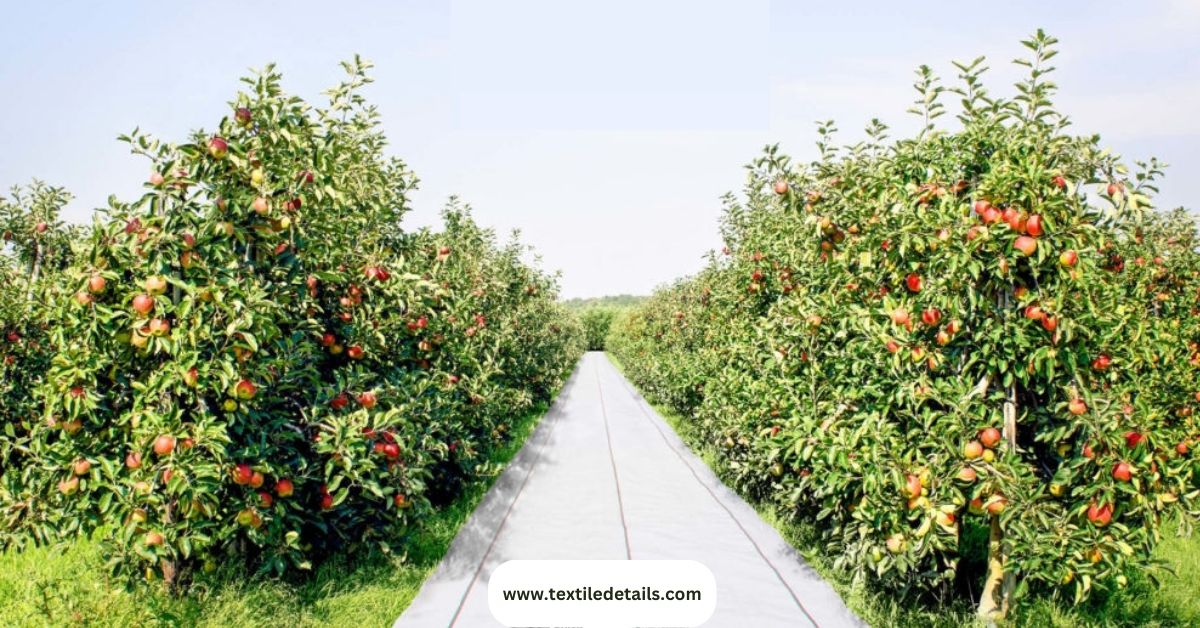
Different Scientists found that productivity increased by 44% when office workers were exposed to reflective natural light, compared with the control group who worked under artificial lights. This is because humans are naturally designed to be active during daylight hours and relaxed at night.
WSU research
According to WSU research Dr. Matt Whiting, from Washington State University, researched the reflective groundsheet and horticulturist. He finds in his research with Bing cherries by comparing fruit grown with and without the reflective groundsheet.
Dr. Matt Whiting found, that there were huge differences in growth who use reflective ground screens. The plants improved vegetative growth, larger plants, higher numbers of flowers and fruit, larger trunk growth, and greener leaves.
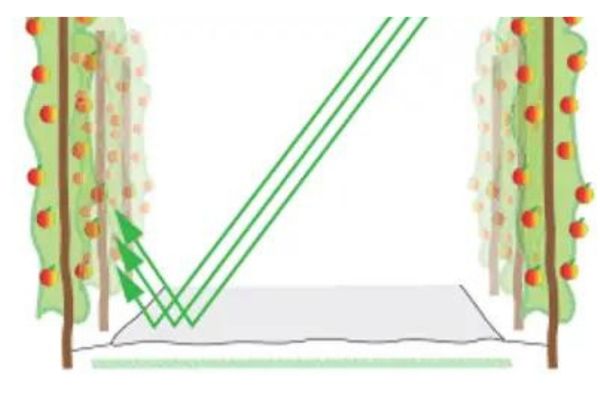
WSU research, says reflective ground screen material was the advancement of maturity. Without screen material, Bing cherries in screen treatment ripened 4-6 days earlier than Bings. Therefore, it can ensure that Higher growth rates and final fruit size occur than earlier.
Relationship between light and fruit quality
Fruit quality is an important factor in the fruit-farming business. Reflective Ground Screens are used to improve light conditions and produce higher-quality fruits. Reflective ground screens are an effective solution for shading crops from the sun, increasing production by 50%.
Reflective Ground screens are the reflective fabric that is installed above the soil surface. The light-reflecting properties of RGS reduce heat and improve light penetration, which helps increase plant growth and yields in many fruit crops such as peaches, grapes, tomatoes, and strawberries.
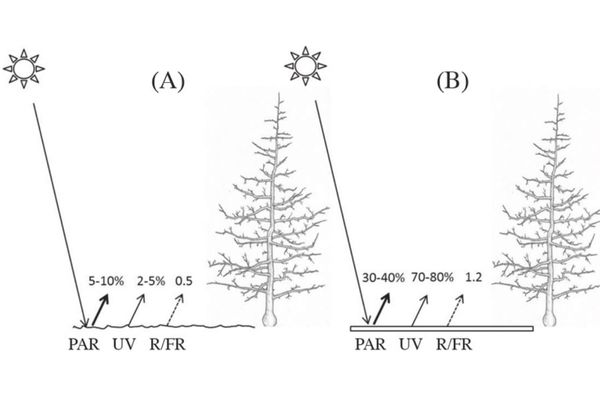
Ground Screen works best when used to control or block direct sunlight. Reflective ground screens can be installed above crops and trees to help shade them from the sun during intense heat or drought periods. The reflective surface reflects and blocks sunlight, which helps reduce leaf temperatures by up to 20 o Celsius (36o Fahrenheit).
Reflective ground screens are designed to allow air, water, and nutrient penetration between the fabric layers. Reflective ground screens are ideal for small farms that need to control light penetration into their crop rows but do not require the same level of durability as agricultural shade cloth.
It can be used in several ways depending on what is being grown and how much protection it needs from direct sunlight.
Effects of changing the environment’s light level
The reflective Ground Screen is a new invention that can change the environment’s light level. It has been designed to increase productivity and reduce stress in the workplace. The Reflective Ground Screen does not require any power or maintenance, and it works by reflecting natural light onto the ground below it. This provides optimal light for people at work, regardless of the time of day!
The Reflective Ground Screen reflects natural light onto the ground below, providing an optimal amount of light without creating any glare. It works day and night to change your office environment’s lighting levels as needed. You can even control it using a smart device such as a phone or tablet!
This new invention has been developed to help people enjoy their work environment more, and it’s already being used in some of the world’s most prestigious offices.
Reflective Screen Difference
A reflective ground screen is a smart, cost-effective solution for agricultural textile applications. It could reduce water consumption by up to 50% and increase crop production by 20%. It is also perfect for remote areas where the lack of potable water leads to high levels of deforestation.
The reflective surface on these screens reflects light, which reduces the need for additional lighting and energy consumption. Reflecting UV rays means that crops grow faster with less need for fertilizers or pesticides. Reflective ground screens made from Polyester Film offer protection against strong winds that would otherwise sweep away soil and provide shade in hot climates.”
Reflective Ground Screens can also protect growing plants from wind damage, excessive heat, and frost. Reflective Ground Screen Reflectors are made of high-quality aluminum, which makes them durable and weather-resistant. Reflecting ground screens can be used in residential or commercial applications to help save water while providing a measure of crop protection.
Comparison of 4 types of reflective screen materials
Several different materials can be used to create a Reflective Ground Screen. Mostly
Coated paper, Aluminium foil, Plastic monofilament with woven aluminum strips, and woven plastic polypropylene are the most common types of Reflective Ground Screens available on the market today.
i. Coated paper
Coated paper is a type of reflective material that can reflect light in all directions. Coated paper is typically made from an inner layer that provides strength and an outer layer that reflects light. Coated paper is often white or silver, but other colors are available with special orders.

The 4 types of reflective materials are coated paper, aluminum sheets, sheeting film, and retroreflective tapes. Co-reliant papers are very durable, whereas aluminum sheets are lightweight but less durable than co-respective papers when exposed to weather conditions such as rain or snow for extended periods. Coated paper is a type of reflective material that can reflect light in all directions.
ii. Aluminum foil
Aluminum foil is a great reflective material for ground screens. Aluminum foil reflects most IR radiation and reduces heat transfer to the surface below it by over 75%. It could be used in conjunction with other reflective materials like aluminum sheeting or copper mesh to increase its effectiveness.
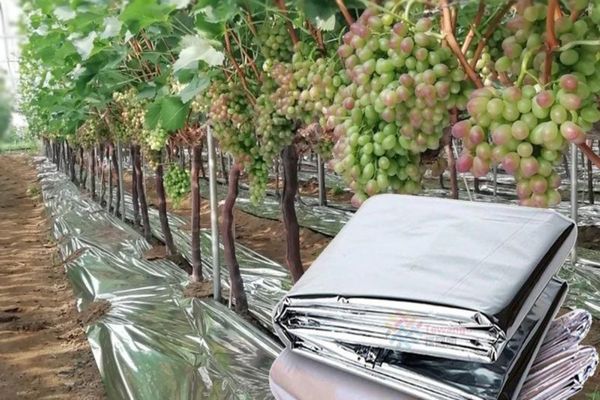
Aluminum foil is an inexpensive way to add a reflective layer to any ground screen. Aluminum sheeting, aluminum mesh, and copper mesh are other reflective materials that can be used with aluminum foil or on their own. It is reflective material that is strong, durable, and can be used in many different situations. It reflects over 90% of the IR radiation it receives back to its source, which helps keep heat levels down on surfaces.
iii. Plastic Monofilament with Woven Aluminum Strips
The reflective ground screen could be made of reflective monofilament with woven aluminum strips. The reflective filaments are protected by a plastic sheath that has been extruded to form loops at the top and bottom. These upper and lower loops are threaded through the holes in the aluminum strip, resulting in an attractive reflective design on both sides of each strip.

The reflective monofilament with woven aluminum strips is designed for use in commercial and agricultural applications. The reflective material offers a bright, reflective surface that can be used to manufacture a reflective ground screen.
iv. Woven Plastic Polypropylene
Ground screen reflective materials are often woven from polypropylene, a synthetic fiber with excellent resistance to chemicals and UV sunlight. It can be used to create reflective ground screens, reflective pool fences, and reflective car covers.
Polypropylene reflective materials are often the best choice for reflective ground screens because of their high durability, ease of maintenance, and low price point.
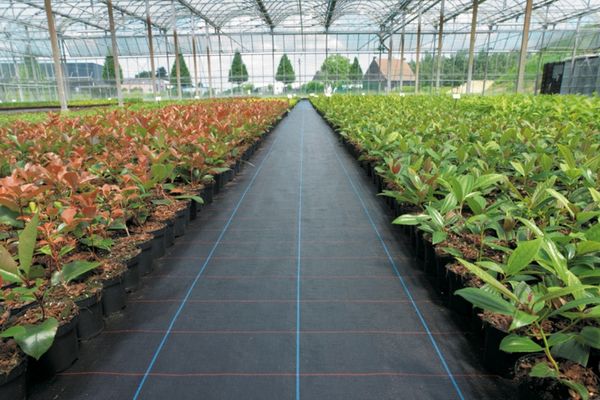
These reflective materials are often used by businesses that wish to create reflective products easily and cost-effectively. The material is a synthetic fiber with excellent resistance to chemicals and UV sunlight, making it perfect for any application where reflective materials are required to be exposed.
Reflective Screen Difference from Others
The Reflective Ground Screens work by directing sunlight down into the ground, which helps crops grow faster and more efficiently. You may prefer another cause:
- Improved Fruit Color.
- Increased Brix levels, meaning better taste.
- Earlier and more balanced harvesting.
- Helps to maintain balanced harvesting.
- Reduction in harvesting time.
- Improvement in fruit sizes and sets
- Boost Profits for Seasonal Fruits.
- High tensile strength and lightweight.
- Simple to use.
Reflecting ground screens are made of high-quality materials that are weather resistant. It can be used in regular or commercial applications to help save water while providing a measure of protection for crops.
Reflective Ground Screens are a cost-effective and attractive way to reduce the amount of water used in agriculture. Reflecting screens work by directing sunlight down into the ground, which helps crops grow faster and more efficiently.
Conclusion
Reflective Ground Screen is an innovative, cost-effective agricultural solution. Reflecting light on plants reduces the need for additional lighting and energy consumption while reducing water usage by 50%. This type of technology has great potential in remote areas where deforestation due to a lack of potable water leads to high levels of crop loss. Consequently, it could be assumed that agricultural Ground screen would make a revolution with Farmer to make an agricultural revolution.

Mahedi Hasan working as an Executive (Fabric Marketing) at Pengnuo Group. Graduated with B.Sc. in Textile Engineering. Before was a Top Rated content writer at Upwork, and Level 02 Seller at Fiverr, Level 02 Publisher at Ezoic. Very passionate about content writing, SEO practice, and fashion website designing. Highly Experienced fashion writer for the last 4+ years. Have extensive 7 years of experience in the wholesale clothing business.
